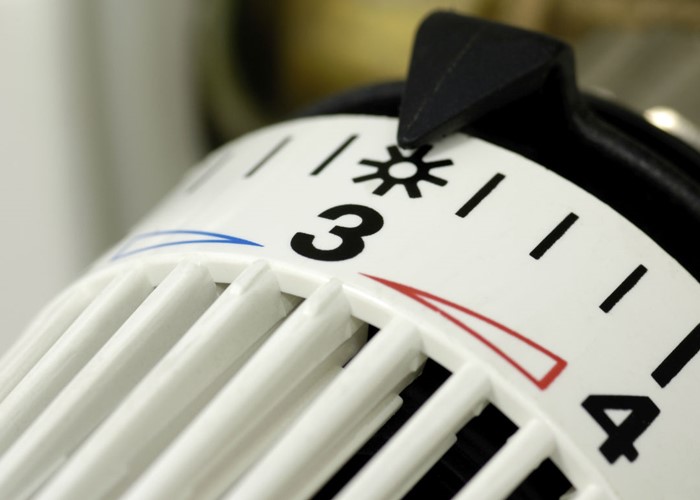Energy Bills Support Scheme: prepayment meter households missing out on £400 help

Only half of the 800,000 energy vouchers have been redeemed so far.
Rising energy bills are a big concern for millions of us.
We are heading into the colder months when obviously most of us will be turning to the heating more frequently than usual.
The cost of doing so will be more painful than ever before however.
While the Government has introduced the Energy Price Guarantee, which freezes the unit cost of the gas and electricity that we use, the size of our bills will depend on how much energy we use.
And given the typical household will pay £2,500 under the guarantee, even the energy-stingy face some pretty painful bills.
As a result, it’s important to make use of all of the help available to you.
However, it appears that thousands of homes are missing out on precisely that at the moment.
The Energy Bill Support Scheme
Another measure from the Government which is aimed at supporting households this winter is the Energy Bill Support Scheme, which is essentially a £400 payment from the Government towards our energy bills.
The money is spread out until April, so works out around £66 a month, and goes directly to energy suppliers.
In other words, you’ll see the discount come off of your monthly bill.
Or at least you will if you pay your energy bills by direct debit.
If instead, you are on a prepayment meter, as millions of households are, then the support scheme will work a little differently.
If you are on a smart prepayment meter, then again, the money is paid automatically.
However, if you have a traditional prepayment meter, then the support is sent out through the post in the form of a voucher.
The voucher can then be used wherever you’d normally top up your energy, like a Post Office or newsagent.
Yet it seems that significant numbers of people who qualify for these vouchers aren’t using them.
Payments firm PayPoint told the BBC that it had expected to process around 800,000 of the vouchers in October, worth around £52.8 million, yet only around half of that had been redeemed.
Given the vouchers only last for 90 days, there’s a huge danger that a lot of people are missing out on this support, right when they need it the most.
Rising prepayment meter numbers
It’s important to recognise that this is happening at a time when the number of households on prepayment meters is on the rise.
Data obtained by price comparison site Uswitch has found that the number of properties with meters dropped for nine consecutive quarters from the middle of 2019, to a low of 7,320,319 in the third quarter of last year.
That trend has reversed, however, with the number of homes on prepayment meters jumping by almost 60,000 in the following six months.
If that continues, that’s around 10,000 homes being moved to prepayment meters each and every month, as we head into the coldest and most energy-intensive period of the year.
Why are prepayment numbers rising
A significant factor is likely the number of households struggling with their energy bills already.
If you pay your bills by direct debit, then it’s possible to run up a fair bit of debt with your energy supplier ‒ you essentially aren’t paying for the energy you’ve already used.
In order to tackle this, the supplier can push you onto a prepayment meter, which as the name suggests, requires you to put money onto the meter before it can be used within the house.
While this is understandable from a business perspective, it can make the situation worse for individual households.
The cost of energy on these meters is generally far higher than for customers paying through direct debit, while it also increases the risk of what Uswitch termed ‘self disconnection’.
In effect, this is where people don’t put money on the meter because they simply don’t have it to spare, effectively cutting themselves off.
It’s a horrific thought, but there will no doubt be some households in this position in the months ahead.
Don’t miss out
If you are on a traditional prepayment meter, and you haven’t received your voucher, then it’s really important that you get in touch with your energy supplier.
You need to ensure that they have the right contact details for you, and that your vouchers are being sent out properly.
Should you know of loved ones or friends who are on prepayment meters, it’s worth giving them a nudge to ensure that they are getting the help available to them as well.
This winter is going to be tough enough if you are on a prepayment meter, let alone if you are missing out on £400-worth of Government support.
Comments
Be the first to comment
Do you want to comment on this article? You need to be signed in for this feature